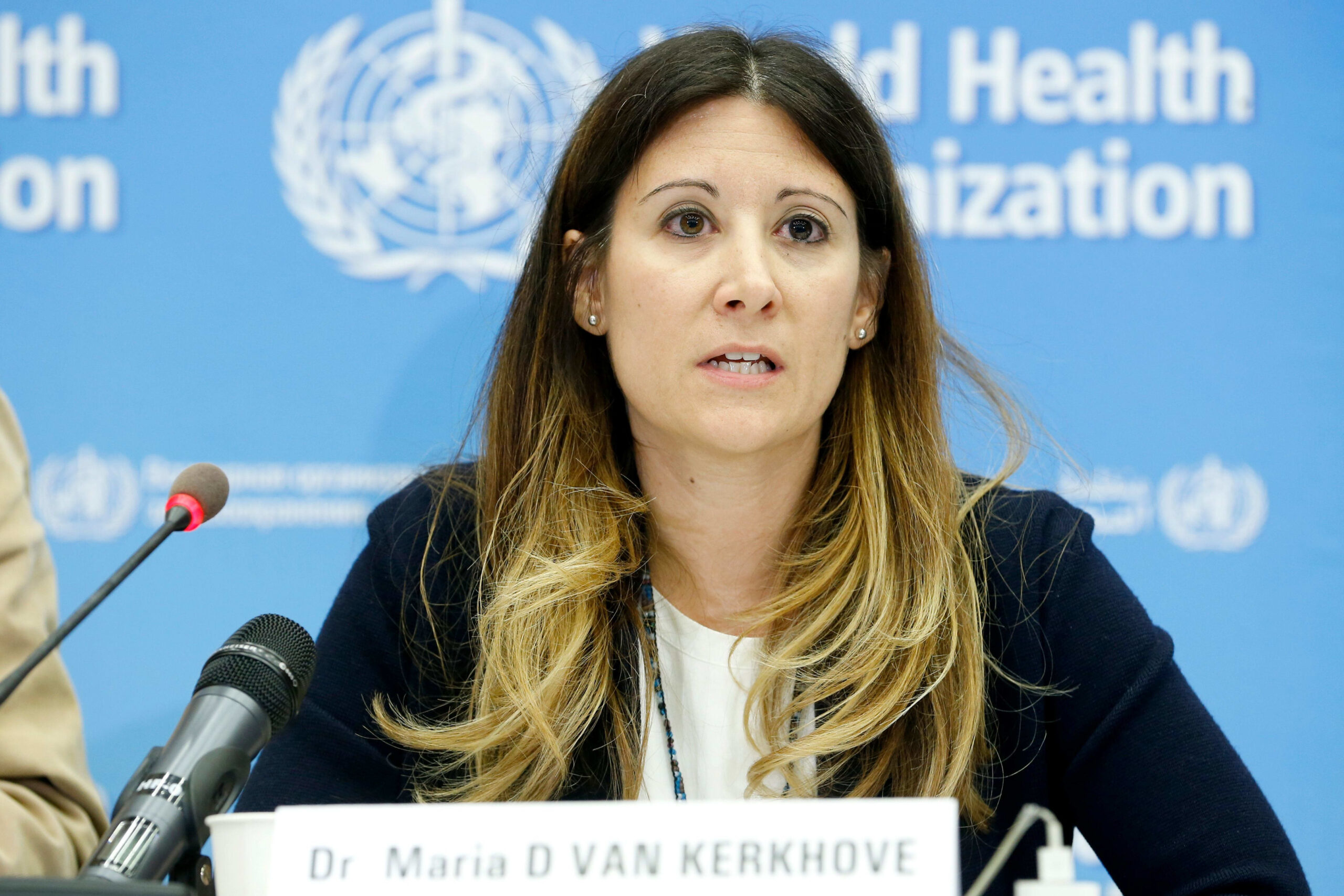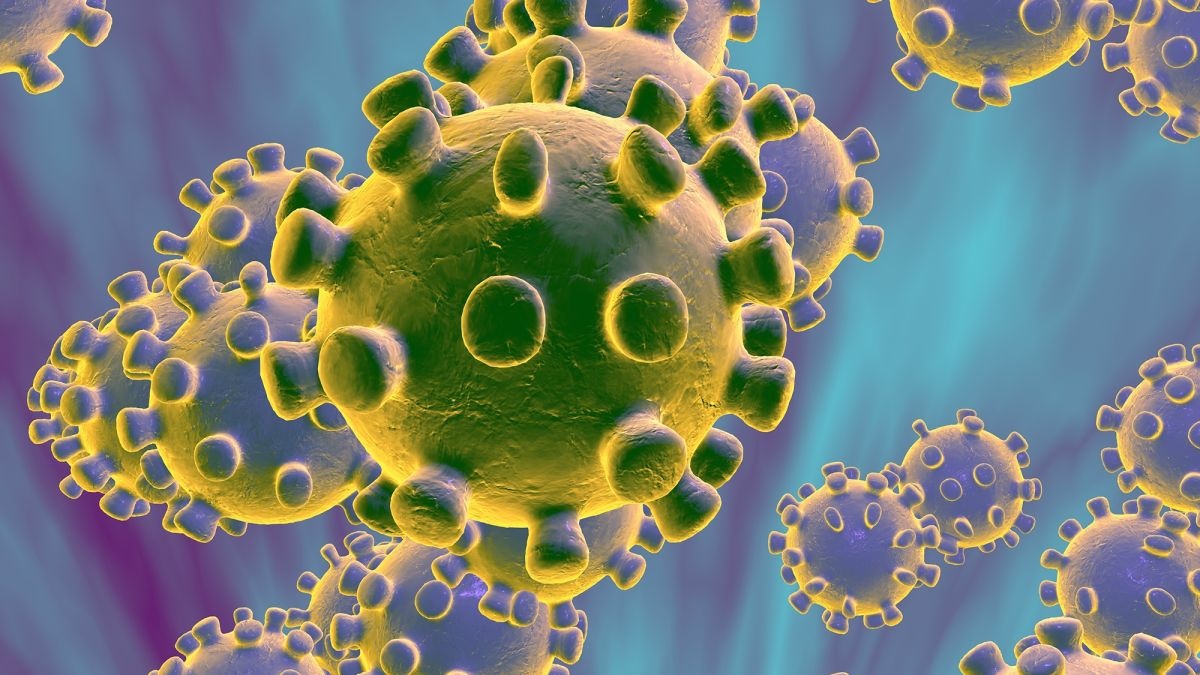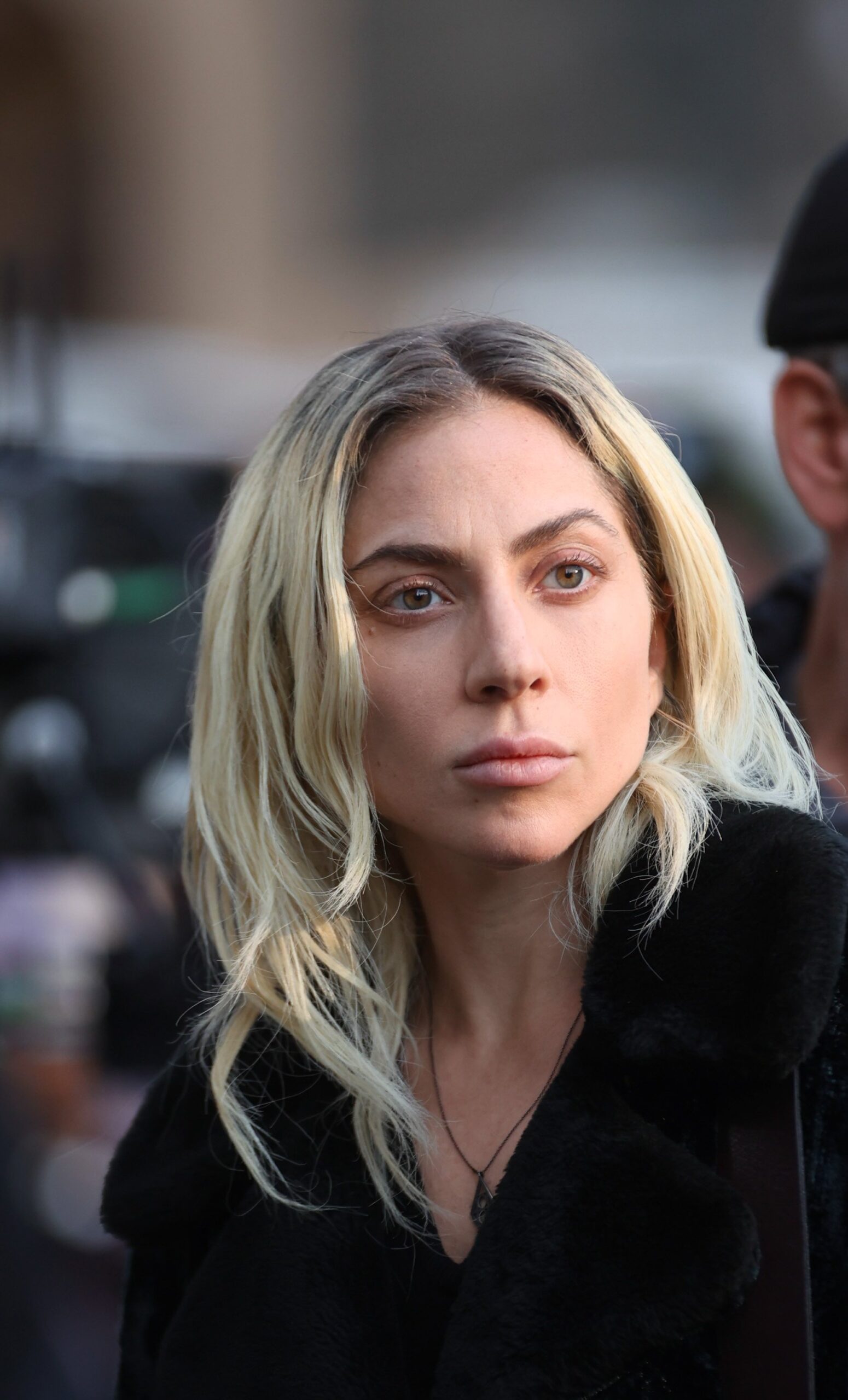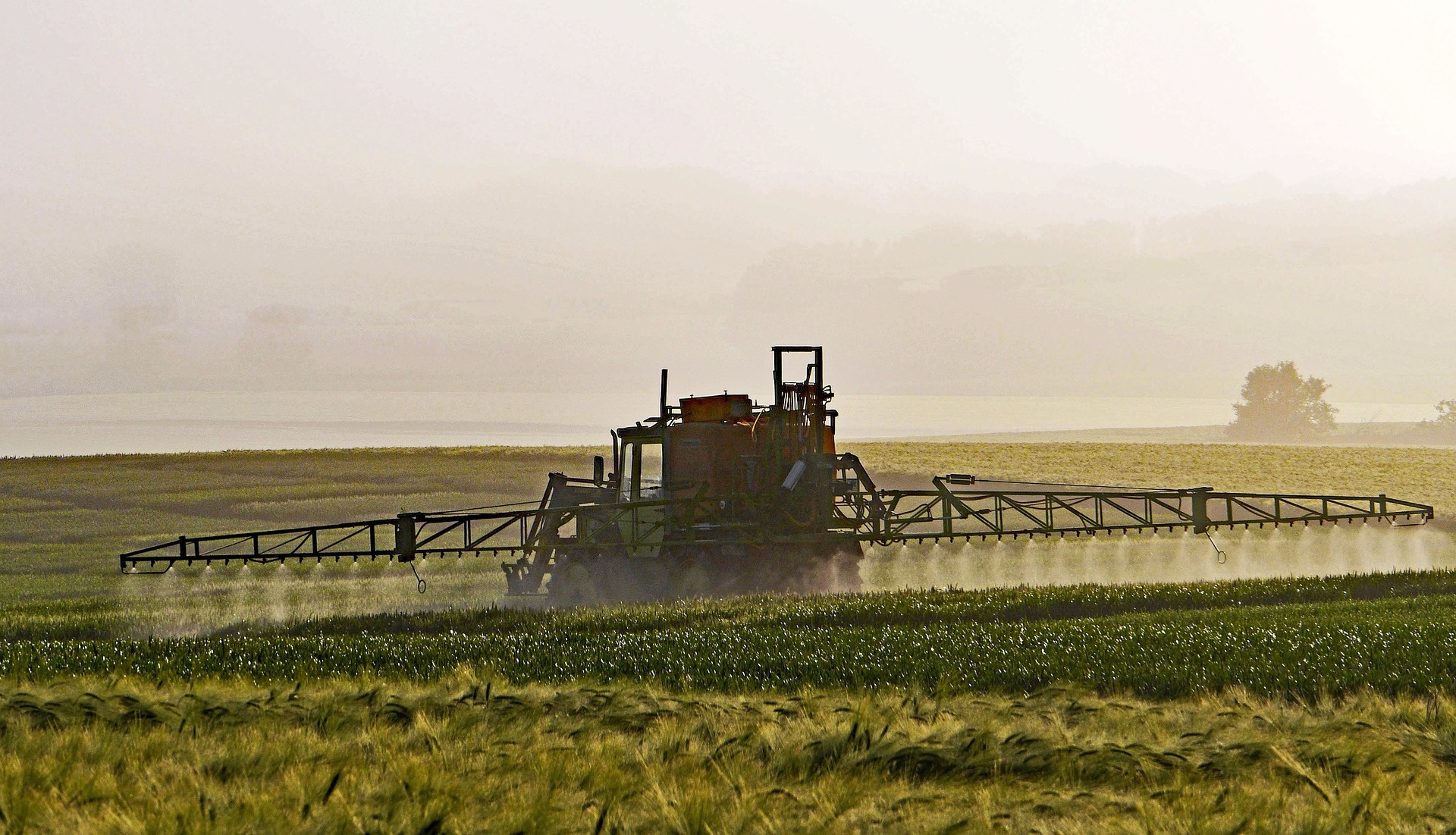
Coronavirus Updates: Can Asymptomatic Carriers SpreadCOVID-19?

Donald Trump Is Encouraging His Supporters to Spread Death

Coronavirus Vs. the Flu: The Coronavirus Isn’t a Big Deal (Yet)

Lady Gaga and the W.H.O. Weigh In On Millennials’ Mental Health

